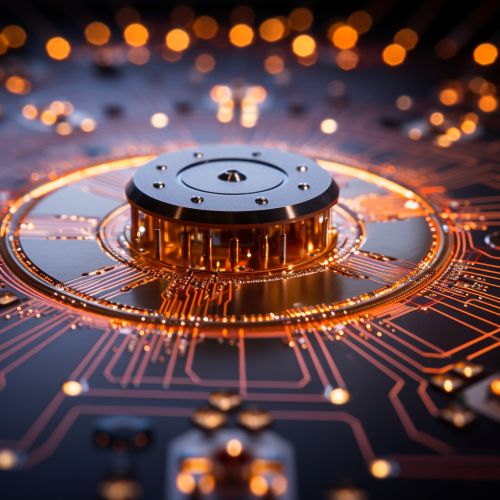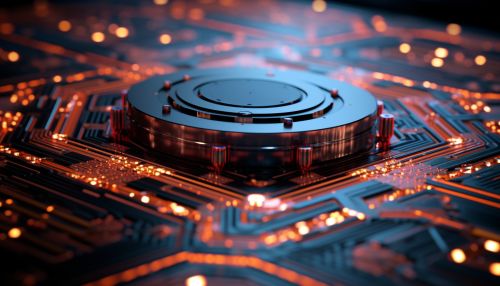The Physics of Superconducting Circuits for Quantum Computing
Introduction
Superconducting circuits have emerged as a promising platform for quantum computing due to their scalability, coherence, and controllability. These circuits, which are based on superconducting materials, leverage the principles of quantum mechanics to perform computations that are infeasible for classical computers. This article delves into the physics of superconducting circuits for quantum computing, exploring their fundamental principles, design, operation, and potential applications.


Superconductivity and Quantum Mechanics
Superconductivity is a quantum mechanical phenomenon where certain materials exhibit zero electrical resistance and expulsion of magnetic fields when cooled below a critical temperature. This state of matter was first discovered in 1911 by Heike Kamerlingh Onnes, and has since been the subject of extensive research due to its potential applications in various fields, including quantum computing.
Quantum mechanics, on the other hand, is a branch of physics that deals with phenomena on the atomic and subatomic scales. It introduces the concept of quantum superposition, where a quantum system can exist in multiple states simultaneously, and quantum entanglement, where particles become interconnected such that the state of one can instantaneously affect the state of the other, regardless of the distance between them. These principles are fundamental to the operation of quantum computers.
Superconducting Circuits for Quantum Computing
Superconducting circuits for quantum computing are designed to exploit the quantum properties of superconducting materials. These circuits typically consist of Josephson junctions, which are the basic building blocks of superconducting qubits, the quantum equivalent of classical bits.
Josephson junctions are made of two superconducting layers separated by a thin insulating barrier. When a voltage is applied across the junction, a supercurrent flows through the barrier without any resistance, a phenomenon known as Josephson effect. This supercurrent oscillates at a frequency proportional to the voltage, allowing the junction to behave as a tunable oscillator.
By carefully designing and controlling these circuits, it is possible to create a quantum system where the superconducting qubits can exist in a superposition of states, enabling the parallel processing capabilities of quantum computers.
Design and Operation of Superconducting Circuits
The design and operation of superconducting circuits for quantum computing involve several key steps. First, the circuit is fabricated using techniques such as photolithography and electron beam lithography. The circuit is then cooled to a temperature below the critical temperature of the superconducting material, typically using a dilution refrigerator.
Once the circuit is in the superconducting state, it can be initialized into a specific quantum state using microwave pulses. These pulses are carefully calibrated to induce transitions between the energy levels of the superconducting qubits. By manipulating these qubits, quantum gates, which are the basic operations of a quantum computer, can be performed.
Finally, the state of the qubits is measured, typically using a superconducting resonator coupled to the circuit. This measurement collapses the quantum state of the qubits, providing the output of the quantum computation.
Potential Applications and Future Directions
Superconducting circuits hold great promise for quantum computing. Their scalability and controllability make them a leading candidate for the realization of large-scale quantum computers. Moreover, their compatibility with existing semiconductor fabrication techniques could facilitate their integration into current technology infrastructures.
However, there are still several challenges to overcome, including improving the coherence times of superconducting qubits and developing efficient error correction schemes. Ongoing research in these areas is expected to bring us closer to the realization of practical quantum computers based on superconducting circuits.
